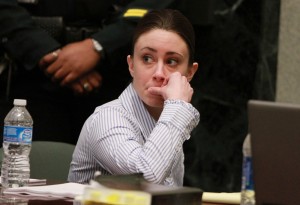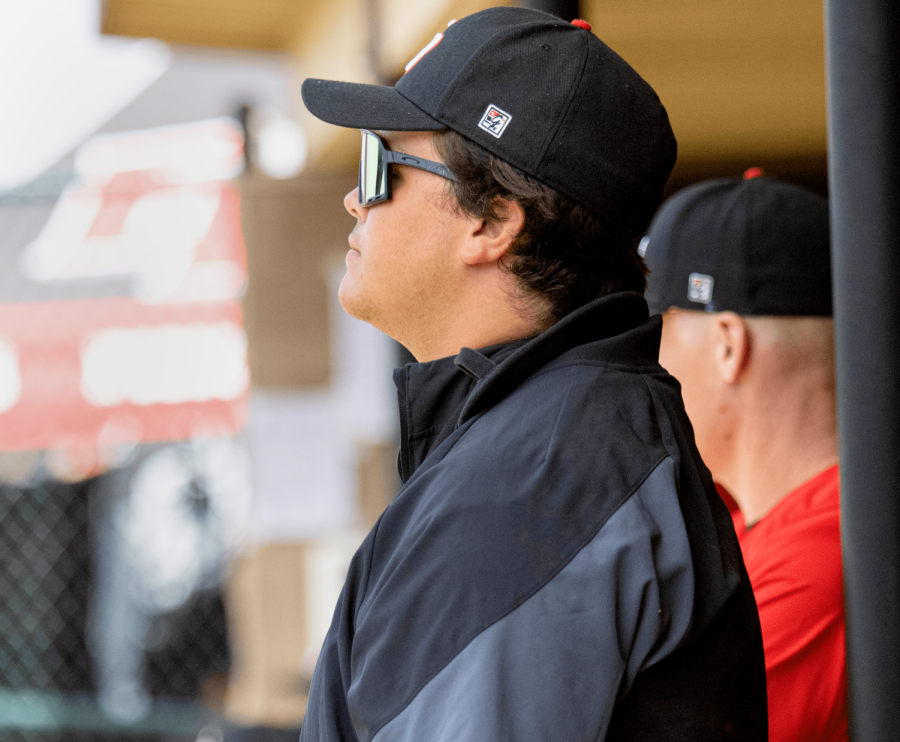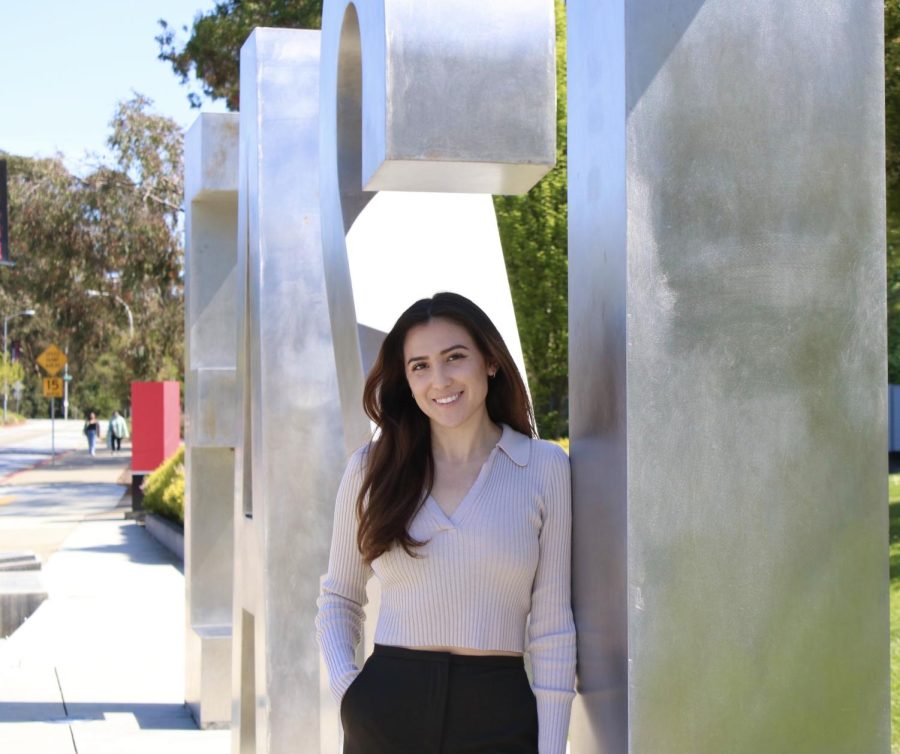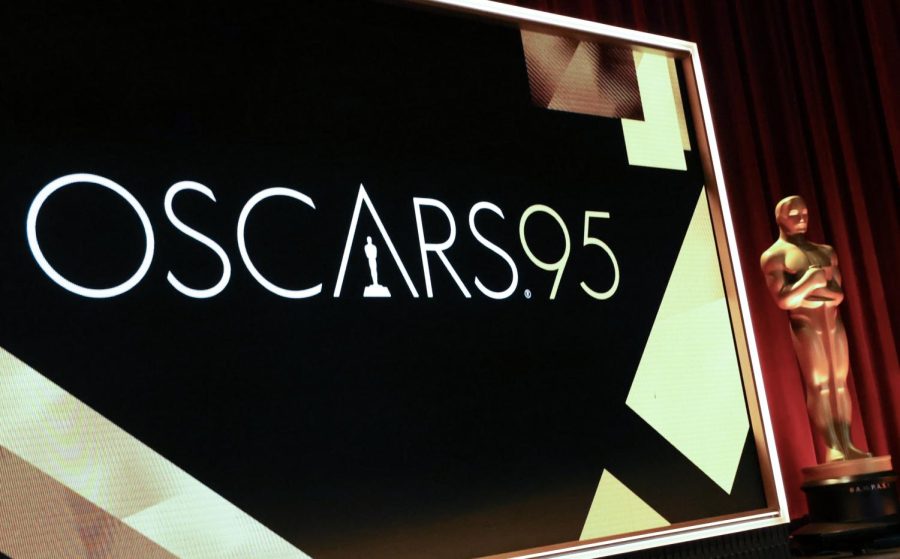
Shocked, appalled and disillusioned are the feelings I and many other people felt when the verdict was read at the Casey Anthony trial. Not guilty, how do you figure?
As a mother I knew how I would vote had I been on the jury the minute I saw pictures of Casey out clubbing after her daughter died. When I heard she got a new tattoo proclaiming ‘a beautiful life’ just after she wrapped her baby’s mouth in duct tape and put her dead body in trash bags, any reasonable doubt I had vanished.
Really, what mother could act like that when her child had just died? Only a murdering one. When the medical examiner testified that when a baby accidently drowns, a parent calls 911 every single time, her pitiful claims fell apart. So, how could anyone not vote guilty?
The reasons for this big mistake are numerous and make little sense. One of them has its own technical terminology–The Wells Effect.
This theory examines the fact that jurors tend to acquit in circumstantial cases in spite of the likelihood of guilt. Juries just want to see dramatic bombshells and CSI-esque proof so much that when it’s not there, they feel as if cases aren’t fully proven though they in fact might be.
Even though jurors are supposed to give circumstantial evidence the same weight as direct evidence, Derek Ewin, an attorney in Walnut Creek, said “circumstantial evidence is better evidence to me. It has less opportunity for bias. Witnesses remember things differently, confessions are made up. Direct evidence is really not better than circumstantial evidence and it supposed to be thought of that way.
A juror isn’t supposed to dismiss circumstantial evidence when it can meet the burden of proof.
A few other things also speak of a flawed verdict. 11 measly hours was all the jury took to decide the truth. Six weeks worth of trial could never be thoroughly summed up in less than half a day.
Juror Jennifer Ford told Nightline about why it took her only that long to make her choice.
“If you cannot prove what the crime was, you cannot determine what the punishment should be,” she said.
This seems to be a case of confusion. Does she not know that Scott Peterson was convicted of murder even though the cause of death for his wife Lacey could not be determined?
Even the famed defense attorney Marsha Clark said that the verdict was a case of confusion.
In her article for The Daily Beast she talks about how wrong the verdict was and she said, “In every case, a defense attorney will do his or her best to give the jury a reason to doubt. ‘Some other dude did it’ or ‘some other dude threatened him,’ But those reasons don’t necessarily equate with a reasonable doubt. A reason does not equal reasonable. Sometimes, that distinction can get lost.”
Ford also said “I’m still confused. I have no idea what happened to that child.”
Using no more than deductive reasoning, anyone could solve that mystery. How any logical, critically thinking person could see the facts of this case and not understand their implications is still a mystery to me. So, I and countless others are left feeling shocked, appalled and disillusioned.










